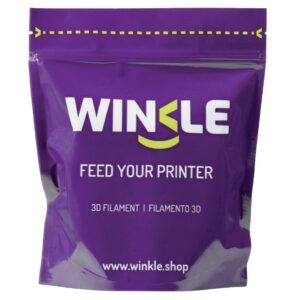
Em stock Prazo de entrega estimado para Portugal continental de 1 a 3 dias úteis.
Encomenda dentro de 0h 0m 0s (até às 13:00) para receberes já a partir de segunda-feira!
Outros makers também compraram..
Produtos testados em conjunto para te garantir compatibilidade total e impressões perfeitas.

ProtoPasta é uma empresa situada nos Estados Unidos da América, de produção de filamentos para impressão 3D de alta qualidade.
Caracterizada pelos rolos feitos em cartão, esta marca é mundialmente famosa por ser especializada em materiais como PLA e ABS modificados com outros materiais, como o PLA Magnético; o PLA Condutivo; PLA de fibra de carbono; HTPLA de cobre, latão ou bronze; ou o ABS-PC.
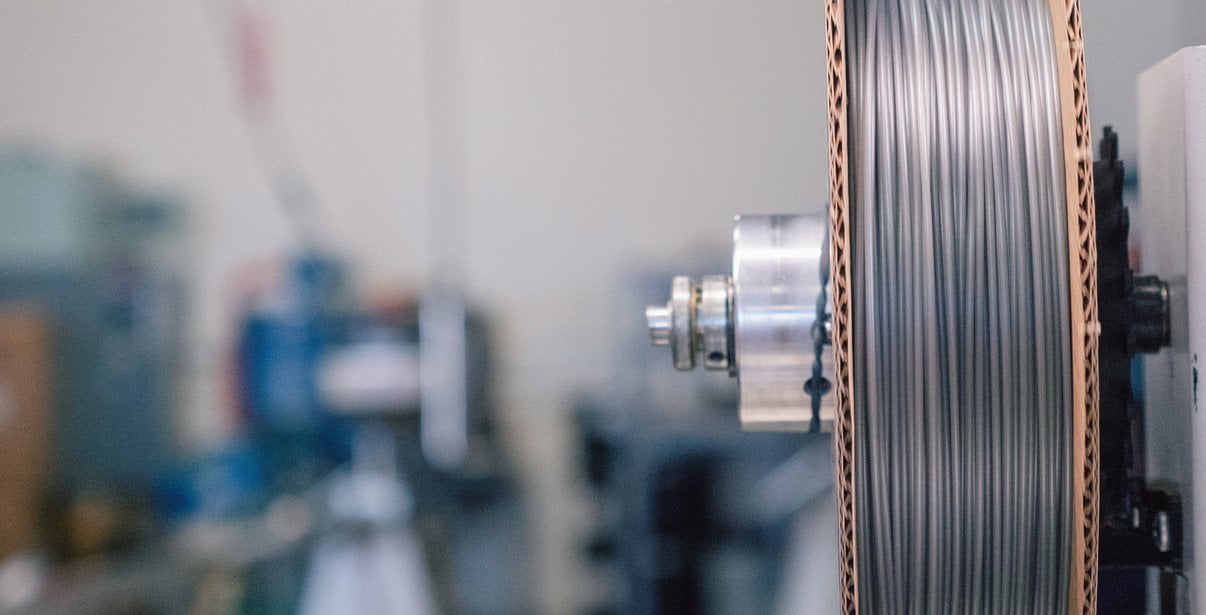
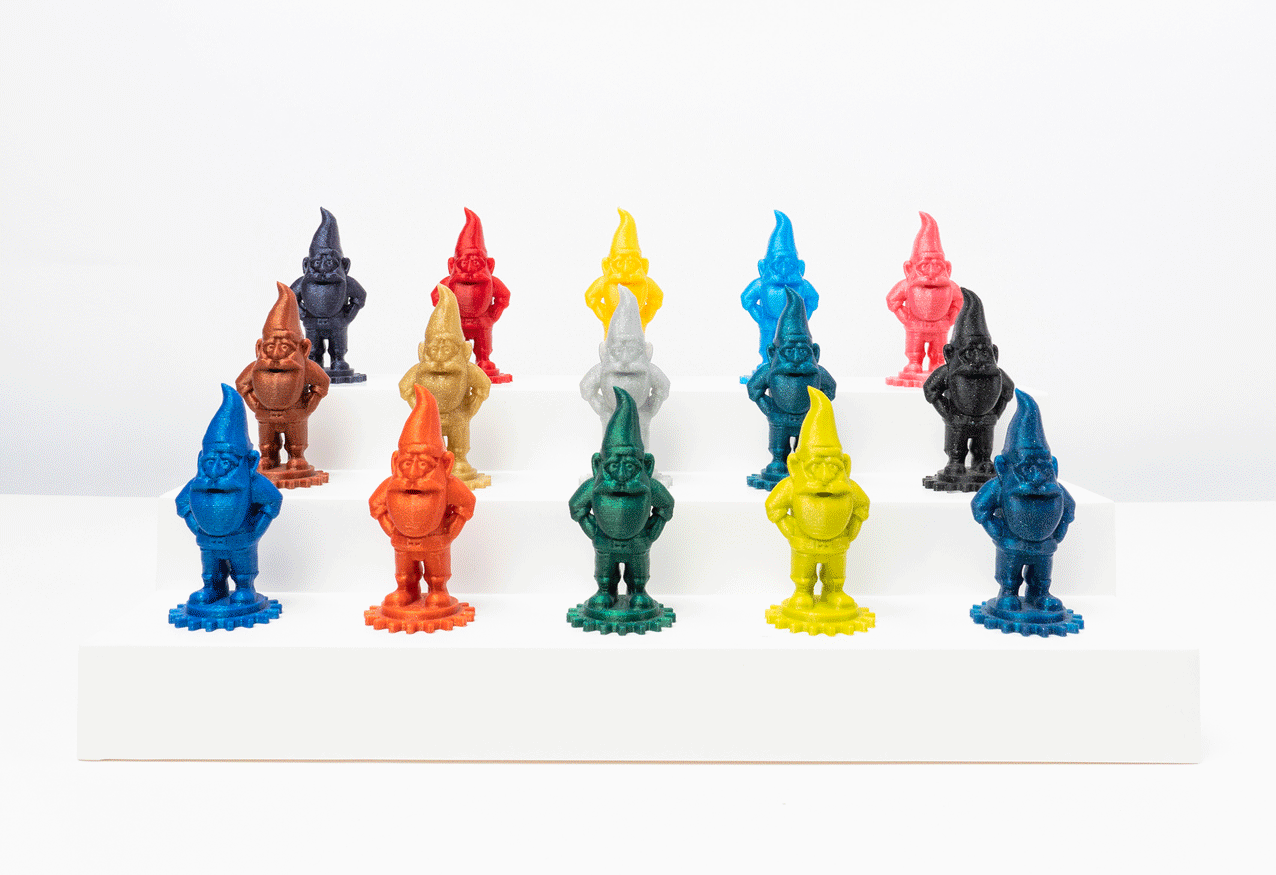
Now available!
- A one-of-a-kind variegated filament inspired by outer space
- Translucent blues, purples, pinks, and a touch of star-inspired glitter
- An Endless Pastabilities filament with collaboration from Amie DD
- Designed & produced by Protoplant, makers of Protopasta
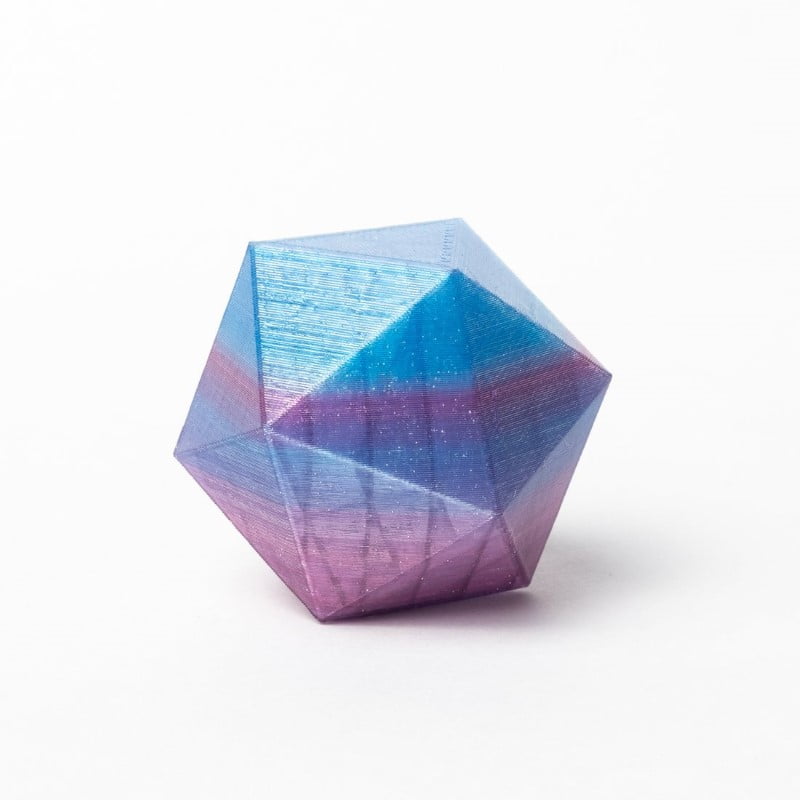
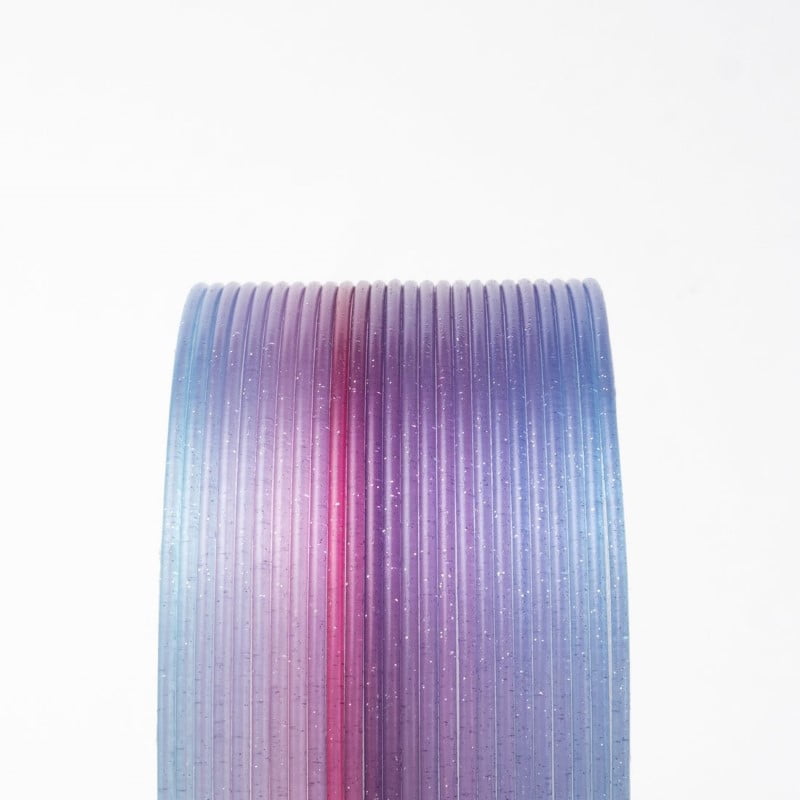
Specs
Semi crystalline, heat treatable PLA for high temp use
Density: 1.24 g/cc
Length: 346 m/kg (1.75) 130 m/kg (2.85)
Typical Printing Temp: 205-225 C
Glass Transition (Tg)*: 60 C
Peak Crystallization (Tc)**: 95-115 C
Onset to Melt (Tm)***: 155 C
Typical change when heat treated: -2% x/y +1% z
Link to Safety Data Page
*max use with no heat treat & max platform temp
**heat treating @ temp 10+ min depending on size/mass
***max use when heat treated (annealed or crystallized)
HTPLA prints well at 205-225 C, however it’s important to match temp to your hardware & volume flow rate. With a typical hotend, you should be able to print at 205 C without jamming at a low flow rate. In machines with hardware that tends towards jamming, consider this video with Joel Telling.
Lower volume flows require lower temps, while higher volume flows require higher temps. In the previously-mentioned video, one way to overcome jamming is to set your temp to a higher-than-typical 240 C. This should then be matched with a high flow rate for a quality printing result.
For direct drives with a short distance between drive gears & nozzle, volume flows can approach 7-8 cubic mm/s or more if printing hot to overcome jamming. For bowden tubes where the distance between drive gear & nozzle are great or less powerful hotends, as little as 2 and as much as 4 cubic mm/s may be the limit. Beware of unintended speed changes from faster infills & slowing down for outlines or short layers. Consider our Ultimaker-specific blog for more on this topic.
A constant speed throughout the part is ideal from an extrusion perspective. Knowing your extrusion width, layer thickness & speed you can calculate your volume flow rate with the calculator like found in the previously-mentioned Ultimaker blog. Alternatively, if you know your volume flow rate limit, extrusion width & layer thickness, you can calculate your speed limit.
Heat Treat
PLA & HTPLA are amorphous in structure as printed (no heat treating) & though both are adequate performers in an office environment, they have poor temperature stability, loosing significant stiffness at temps nearing 60 C. Different than standard PLA, HTPLA is designed to survive heat treating for higher temp stability in a no/minimal load condition to near onset of melting (155 C). That’s an astonishing improvement in thermal stability compared to standard PLA after a quick bake in the oven after printing.
In as little as 5-10 minutes for small, thin parts, HTPLA quickly crystallizes in an oven at 95-115 C (200-240 F) to become more stiff & hold form above glass transition (60 C). Depending on part geometry, setup & technique, parts can deform and shrink. Best results are with flat and/or supported parts with 100% infill. In this instance we experienced x/y shrinkage of about 2% & growth of about 1% in z.
Be sure to avoid hot spots (non-radiating surfaces & no glowing coils) in the oven used for baking & experiment before baking a prized part. Un-printed filament works great for experimentation & translucent makes the transformation most visible! Heat treating is an art, but the resulting improved thermal performance, if needed, is well-worth exploring. You’ll be shocked by the improved thermal stability of your HTPLA parts!!!
High Temperature PLA ( HTPLA )
Looking for increased heat resistance without the need to switch to ABS? Protopasta High Temperature PLA offers heat deflection of up to 88° C (190.4° F) compared to standard PLA of 45-54° C (113-135° F). This makes it a great choice for moving parts (gears, RepRap pieces, etc) or prints that would face moderately high temperatures. Our High Temperature PLA is white, but can be painted after annealing.
Protopasta High Temperature PLA is made from a mineral filled, impact modified PLA with a nucleating agent to help promote crystallization. Crystallization after printing is what gives this material added heat resistance, so post-print annealing is essential to activate the heat deflection qualities of this material.How do I anneal my print?
You can anneal your finished prints several ways, the two easiest ways are by using hot (but not boiling) water or by placing it in a low temperature oven (newer oven models only). Follow these steps:
- Water Method: Find a pot large enough to hold your print and fill it halfway with water. On medium heat, heat the water until it reaches 95-115 C (200-240 F) (a cooking thermometer works great for this), turn the heat to low and submerge the print in the warm water bath for 6-10 minutes. Placing a lid on your pot will help the water maintain temperature.
- Oven Method: Many newer ovens often have low temperature settings (sometimes called “keep warm” or “bread proof”). Set your oven to 95-115 C (200-240 F), place your finished print on a tray, and set it in the oven for 6-10 minutes.
- SUPPORT YOUR PRINT! Because the annealing process will soften the plastic somewhat, it’s best to support your print during this process.
Because 3D printers vary so much from model to model, and because many RepRap printers combine parts from several manufactures, we can’t provide the optimum temperature for your machine. Generally, our customers find it prints just like standard PLA on their machines (at around 210° C), though others find success running it a bit hotter (around 220° C).Do I need a heated bed? No, High Temp PLA does not require a heated bed or an enclosure.
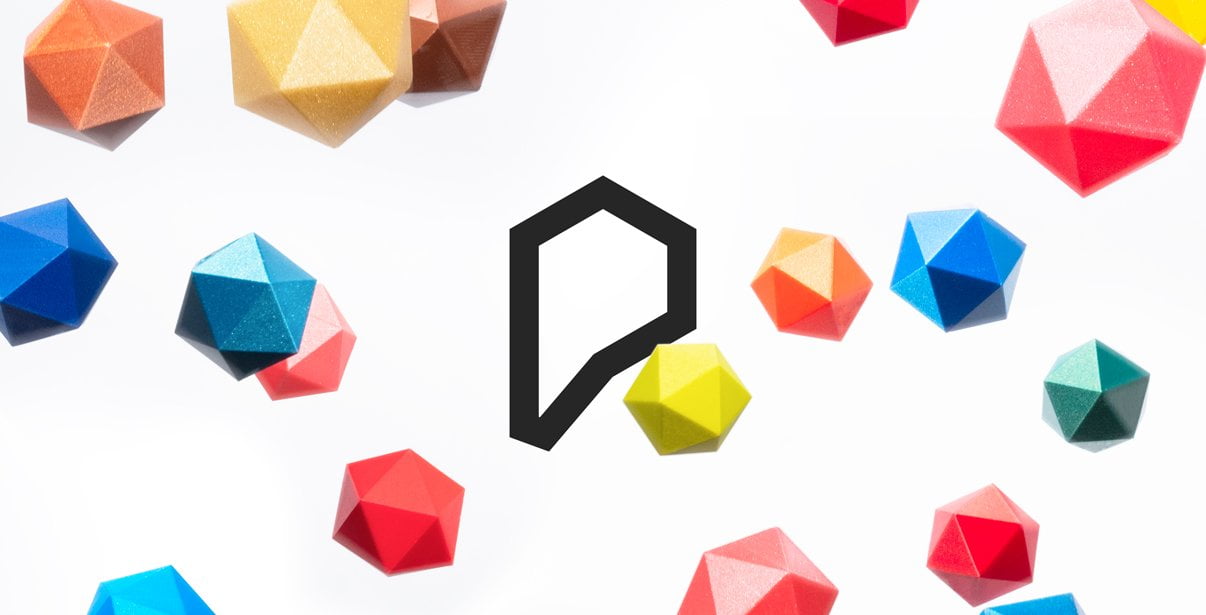
Getting Started with Proto-pasta PLAs including HTPLA
We’ve created this page to bring you a premium PLA and HTPLA printing experience that rivals our premium material. Follow below to improve your 3D printing experience. In other words, here’s your shortcut to awesomeness with pasta. If at the end of this document you have questions or need assistance, please contact us at [email protected].
Filament Handling
Loose coils can be very tricky to manage. Going cowboy on your spool handling can quickly end up in a frustrating, tangled mess. Keep your loose coils wrangled with a spool holder like masterspool for a more trouble-free experience. Find out more about loose coil handling in Keith’s blog post.
And for spooled filament, never let go of the loose end. When not in the printer extruder, tuck it away in the cardboard spool’s corrugation! Also, avoid sharp bends and excessive force when loading filament into your printer.
Print settings
At Proto-pasta, we make high quality filament. We aspire to make exceptional results easy, but a positive result is very much dependent on your hardware, set-up, adjustments, and process parameters. Matching hardware with process and material for a positive experience is not always straight-forward, but you can start by pairing the following settings with your printer for a good starting point, then tune or troubleshoot as required.
Example settings for typical printer
- Nozzle size = 0.4 mm (Standard to most printers & balances detail with productivity.)
- Extrusion width = 0.45 mm (Typically larger than nozzle size. If using a larger nozzle diameter, be sure to set the extrusion width larger than that nozzle diameter.)
- Layer thickness = 0.15 mm (For a balance of speed, quality & reliability.)
- Speed(s) = 15-45 mm/s (Respecting mechanical and volume flow limits. Stay within the recommended speed range but apply slower speeds to the walls and faster speeds to the infill.)
- Volume flow rate(s) = 1-3 cu mm/s (The result of above speed range, width, and layer thickness. Respect hardware and geometry limitations.)
- Typical temperature = 215 C +/- 10 C (Matching material, hardware, and volume flow rate.)
Volume flow rate together with temperature dictates how melted the material is. This is hardware & condition dependent based on hot end, nozzle & extruder type, material & manufacturer as well as layer fan type, position & settings. Extrusion width, layer thickness & speed changes affect volume flow which may change required/desired temperature.
Additional settings of note
- “Grid” infill type at 20-30% – “connect infill lines” unchecked (off).
- Minimum 3 shells & 4 top/bottom layers for good surface quality.
- Layer fan set to cool enough for build rate, but not so aggressive as to fail process by over-cooling nozzle and heater block.
Validation and fine-tuning
- Single wall box to tune temperature and extrusion-related settings.
- Protognome to validate results.
Post your prints & tag us @Proto_pasta on Twitter and Instagram. Need more help? Consider typical pitfalls and fixes below.
Typical pitfalls
- Exceeding hardware capabilities.
- Mismatch of flow rate and temperature.
- Excessive nozzle cooling from layer fan yielding lower heater block and/or nozzle temperatures than set point.
- Hardware shortcomings such as MK3 heat break, poor nozzle diameter, or other hangups.
- Poor assembly or adjustment of components.
- Excessive retraction distance or number of retractions.
- Inaccurate flow with missing cross-sections or wall thickness not matching extrusion width software setting.
Typical Fixes
- Heat break replacement with OEM, straight-through design and defect-free, smooth bore.
- Proper assembly of components without plastic oozing gaps & with thermal grease.
- Lightly oiling filament, but careful, a little goes a long way.
- Reducing layer fan speed and/or isolating from heater block and nozzle.
- Installing heater block sock to isolate heater block & nozzle from layer fan.
- Increasing temperature to flow past internal hang-ups.
- Reduce speed and/or choose a single speed for a single volume flow
- Consider drive gear tension adjustment, bowden tube coupling/replacement, and spool mounting
We visited Joel and ended up with a helpful video on the subject:
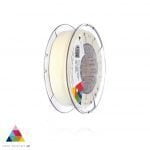
Para uma correcta manutenção da sua impressora 3D, recomendamos sempre que trocar de material de filamento 3D, a efectuar uma purga com filamento especial de limpeza.
Desta forma garante que não ficam vestígios de material nas paredes do nozzle, evitando o acumular de crosta que é criado sempre que efectua trocas de material.
Com este produto evita problema como “clogs” e “jams” e fará com que o seu nozzle mantenha-se sempre limpo, durando muito mais tempo.
Poderá encontrar a partir de 1.49€ no seguinte LINK
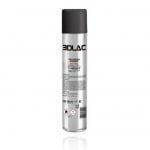
Para obter maior aderência à superfície da sua impressora 3D recomendamos a aplicar 3DLAC na base da plataforma.
Poderá encontrar no seguinte LINK
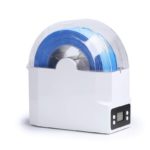
Este material é altamente higroscópico, absorvendo rapidamente a humidade do ar passados poucos minutos após aberto, impossibilitando desta forma a correcta impressão 3D do mesmo. O resultado das impressões 3D de materiais com humidade tendem a ser frágeis e de acabamento irregular ou em certos casos, torna-se simplesmente impossíveis de imprimir.
Deverá de usar soluções de caixas fechadas com dessecante como sílica ou caixas próprias secadoras de filamento.
Poderá encontrar no seguinte LINK
Download:
Technical and Safety Data Sheet
500g– Rolo
HTPLA Nebula Multicolor HTPLA– Cor
1.75mm (+-0.05mm) – Espessura / Tolerância de diâmetro
Muito Fácil – Facilidade de Impressão
| REF: | 26350 |
|---|---|
| Categorias: | Impressão 3D, Filamentos 3D, Filamento PLA, Promoção Natal, Black Friday |
| Etiquetas: | 3d, alta, arco-iris, arcoiris, azul, best, blue, brilhantes, clear, EDITION, filamento, glitter, High, Highfive, HTPLA, impressao 3d, ingeo, inspired, materials, melhor, multicolor, multicor, natureworks, Nebula, Nebula Multicolor, pasta, pla, Premium, proto, proto-pasta, protopasta, purpurinas, qualidade, rainbow, rolo, sparkles, Special, temperatura, temperature, translucid, translucido, transparent, transparente |
| Marca: | ProtoPasta |
Outras opções que podem interessar-te
Impressoras 3D e produtos similares com características diferentes. Compara e escolhe o que melhor se adapta aos teus projetos.
 OutletTop VendasEnvio 24H
OutletTop VendasEnvio 24H
 Top VendasEnvio 24H
Top VendasEnvio 24H
 OutletTop VendasEnvio 24H
OutletTop VendasEnvio 24H
 Envio 24H
Envio 24H
 Envio 24H
Envio 24H
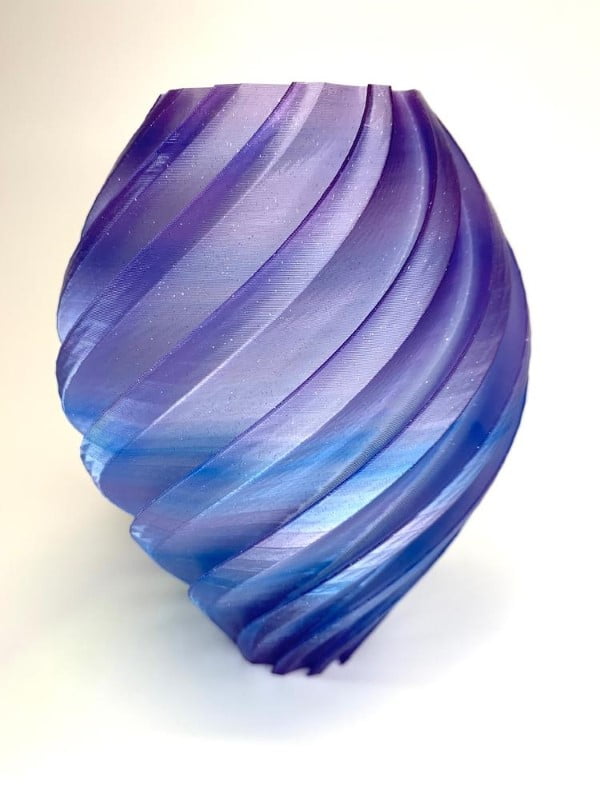
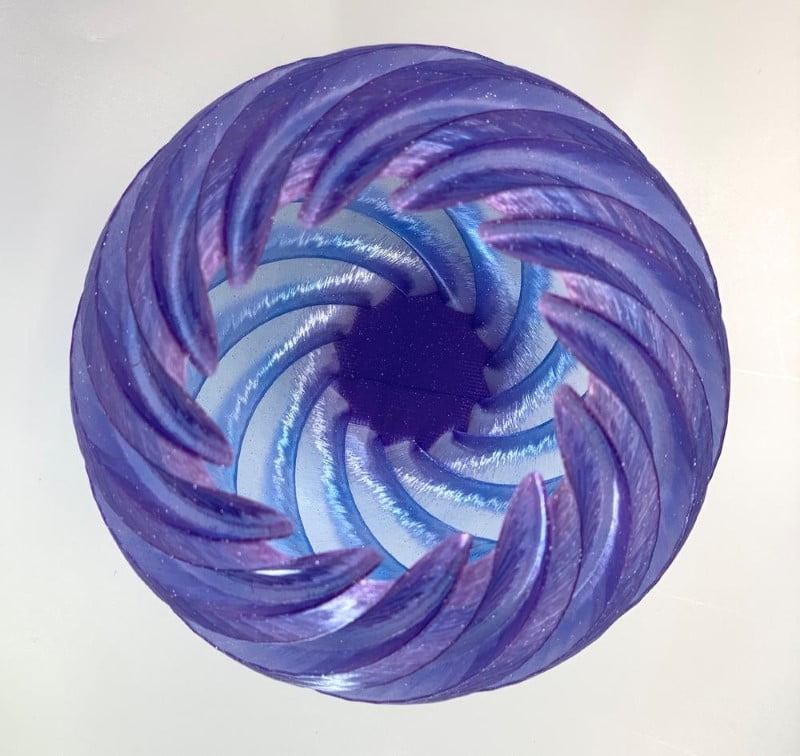
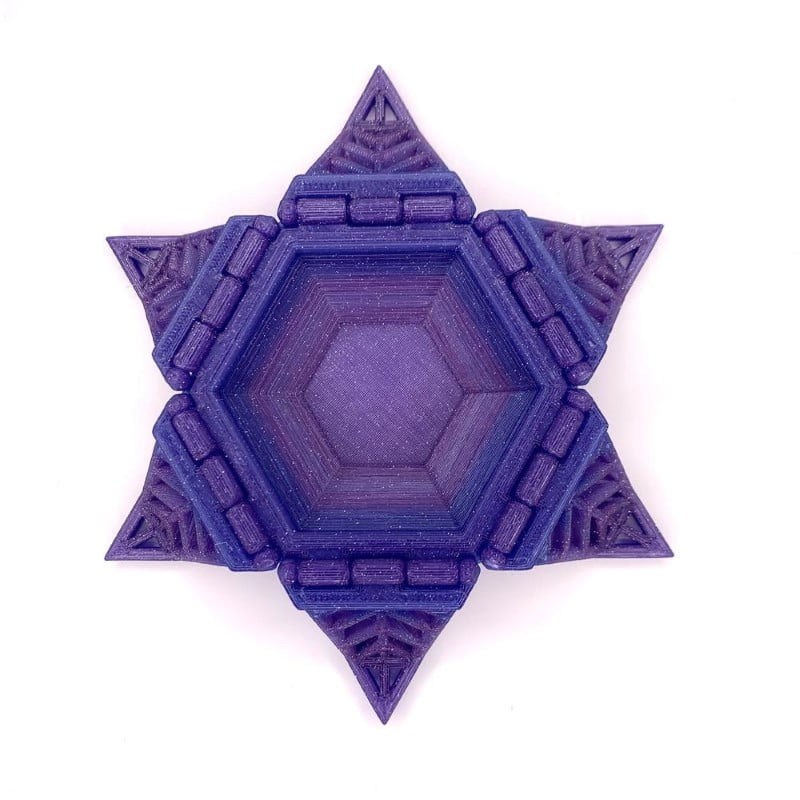
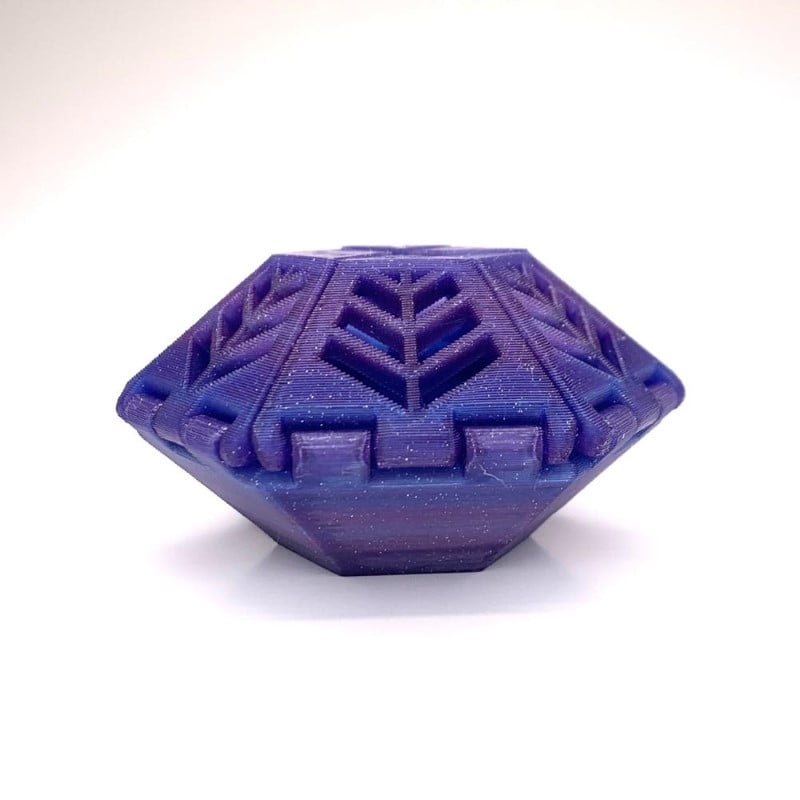

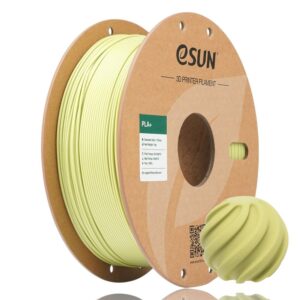

Avaliações
Ainda não existem avaliações.